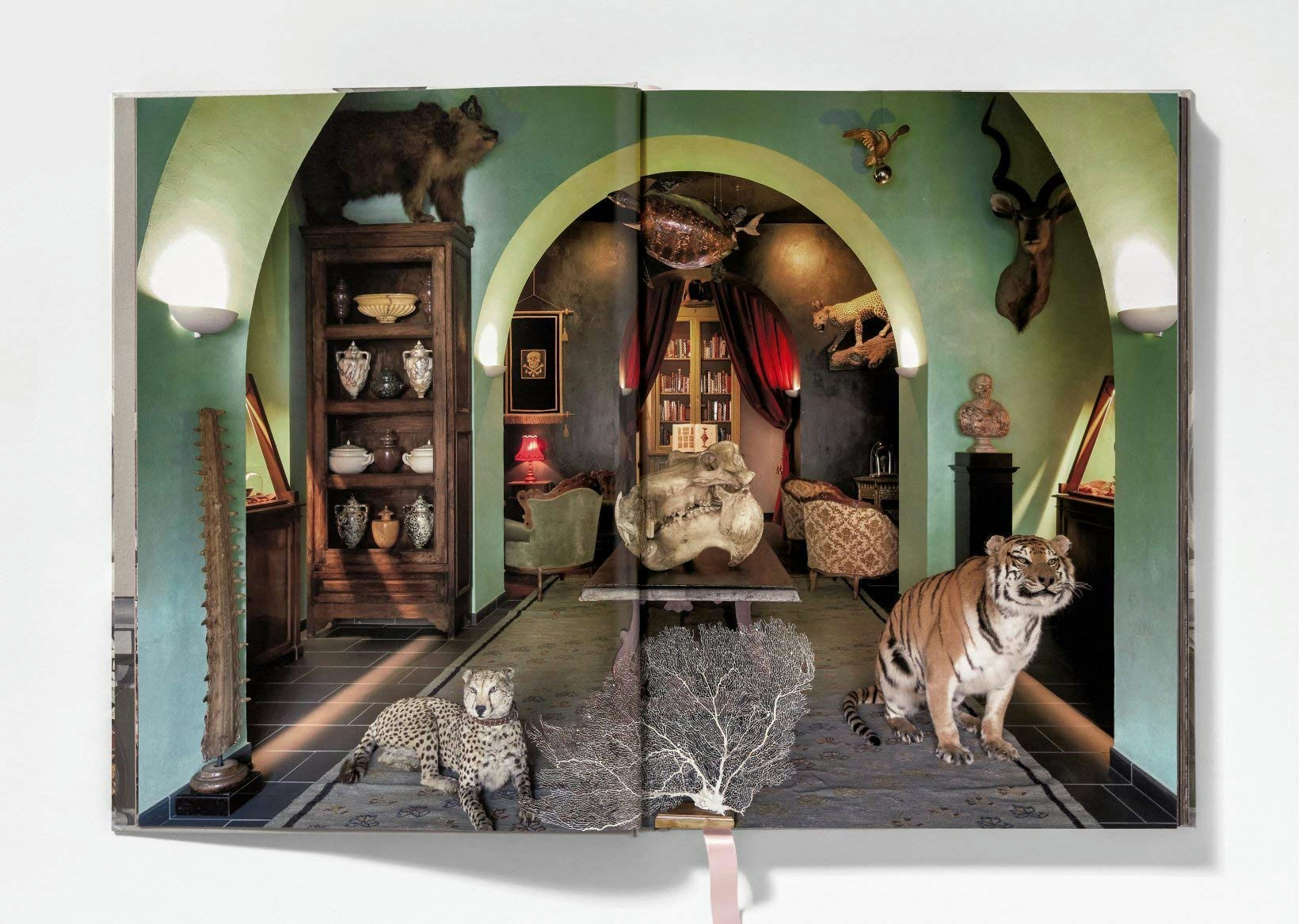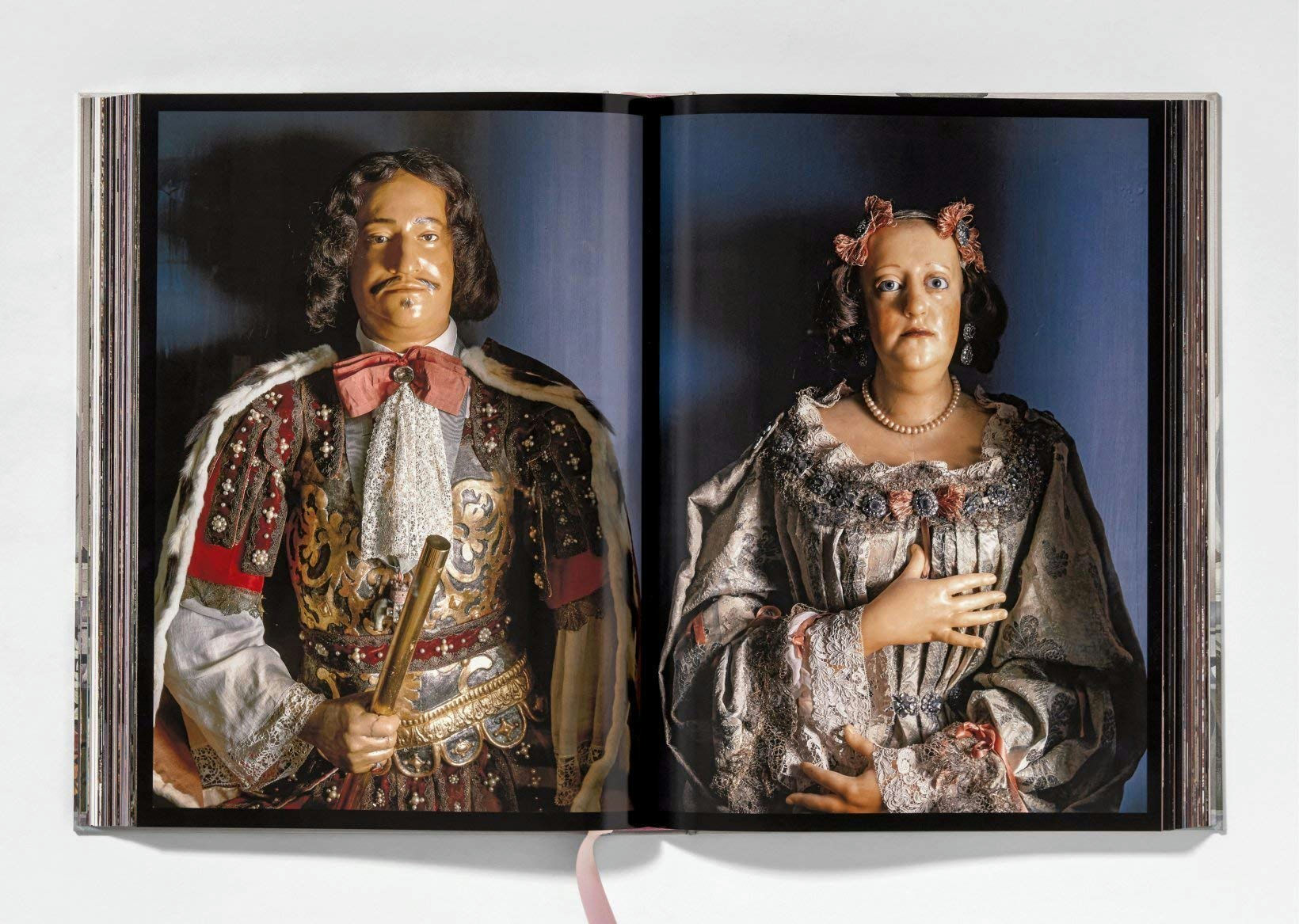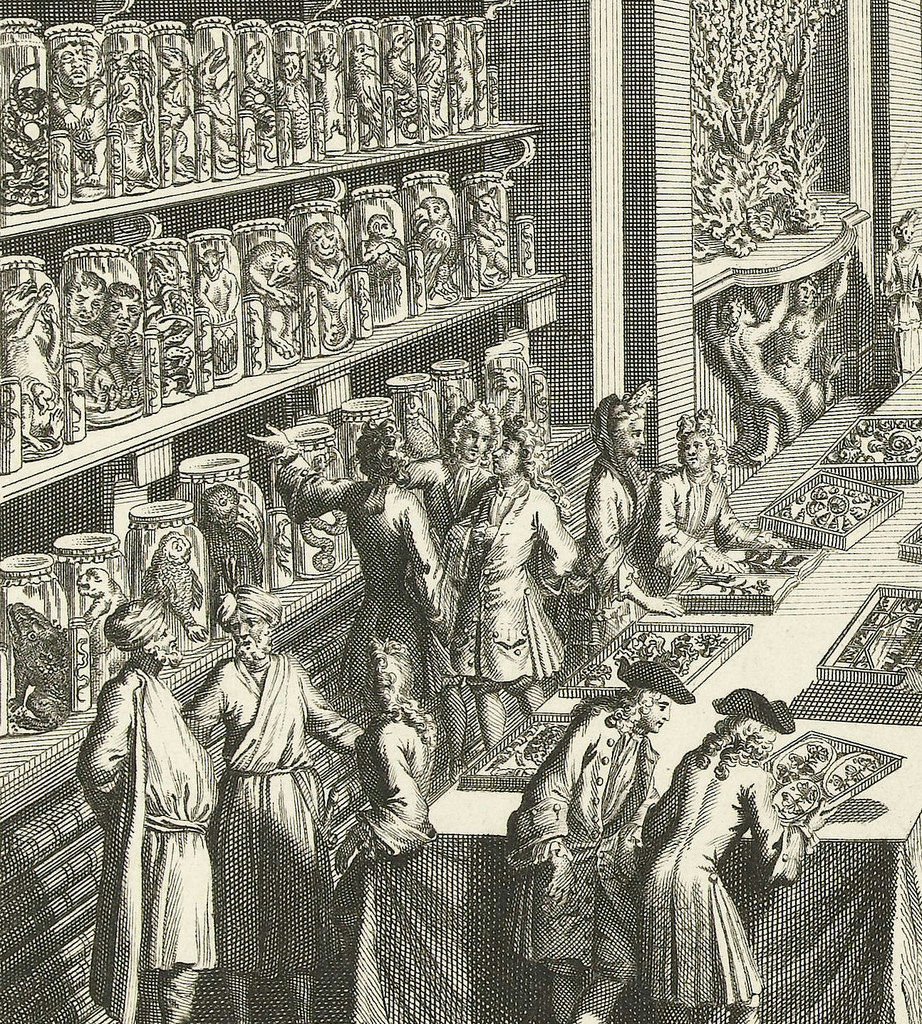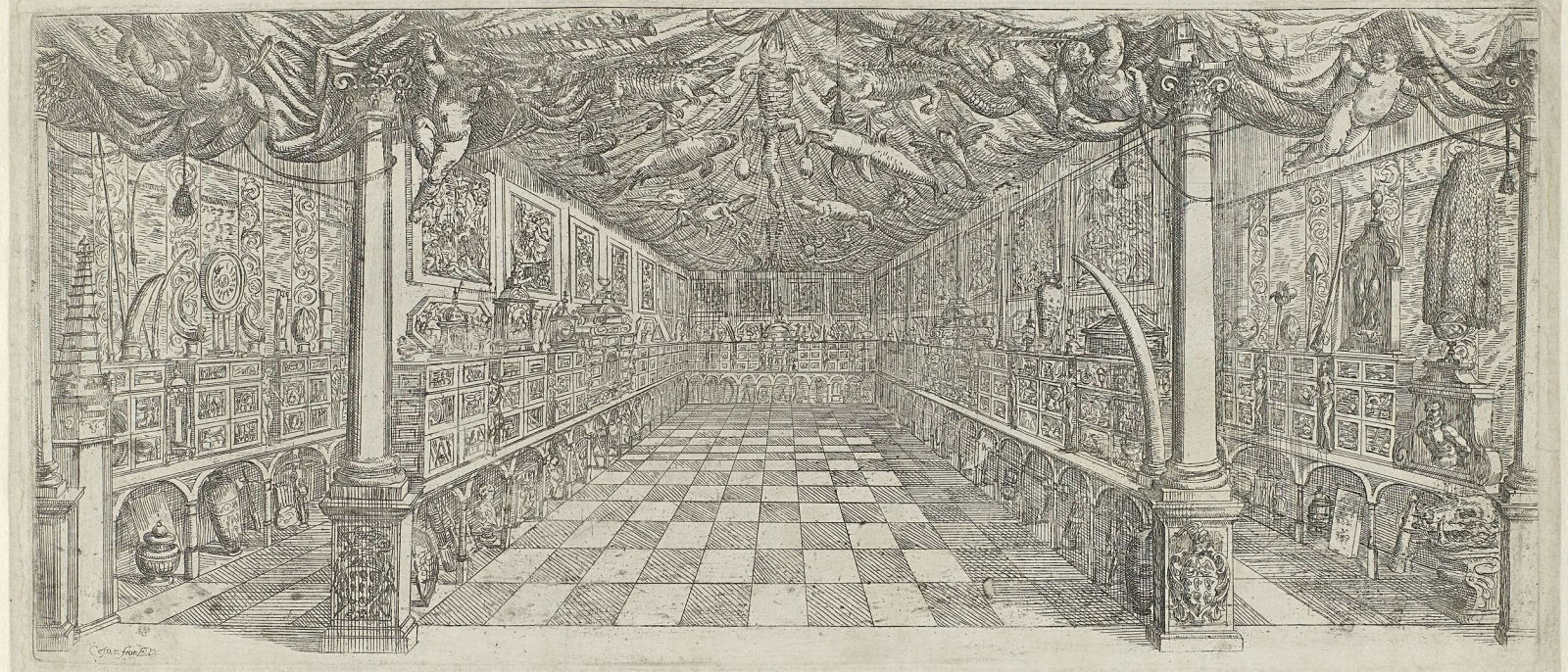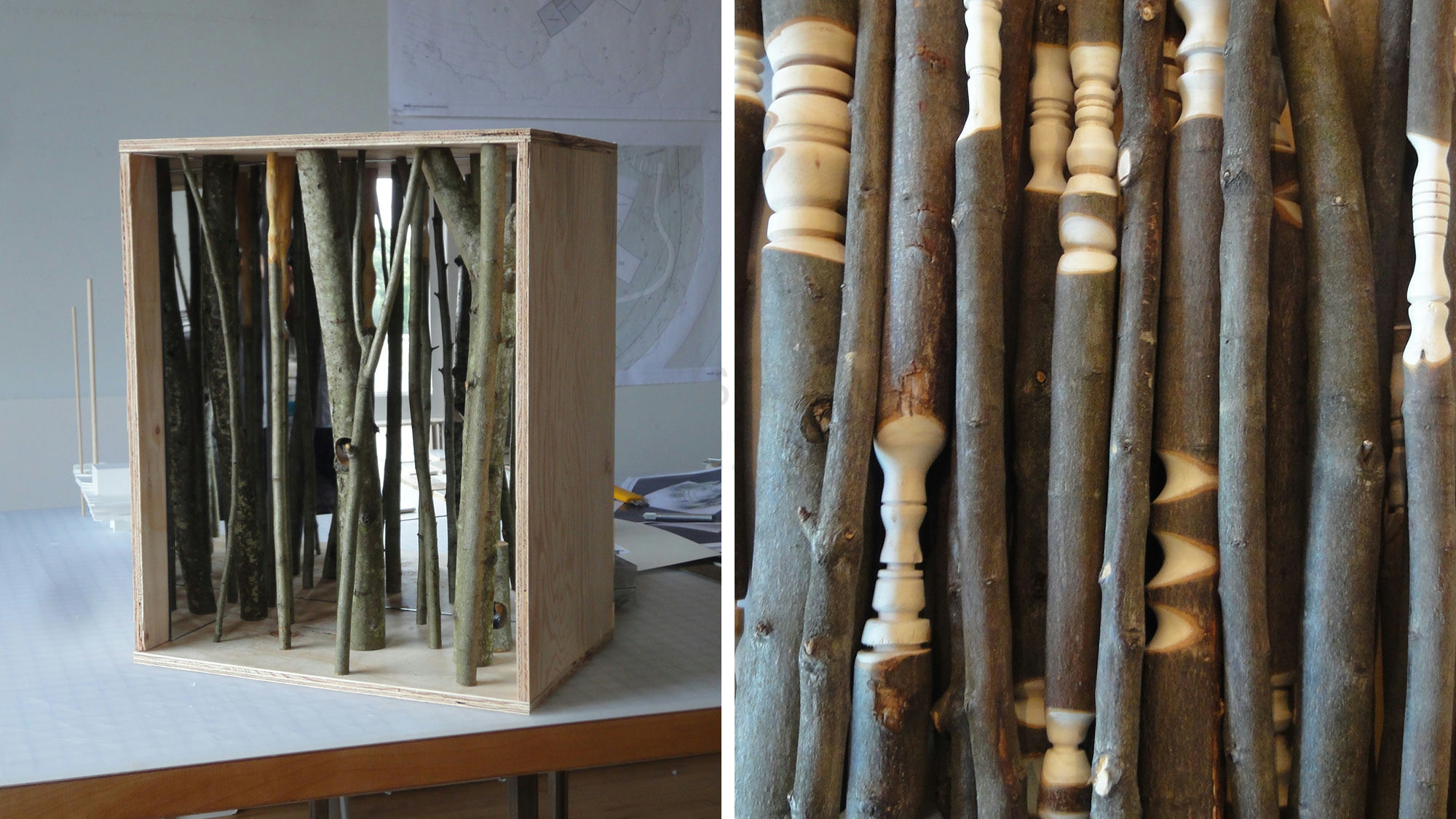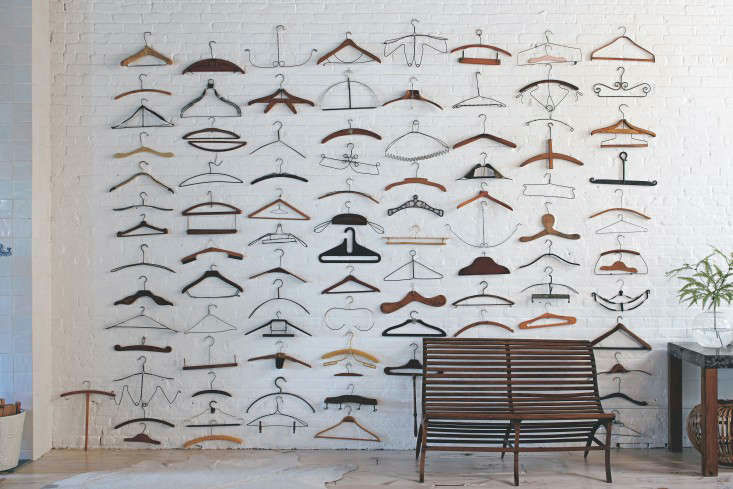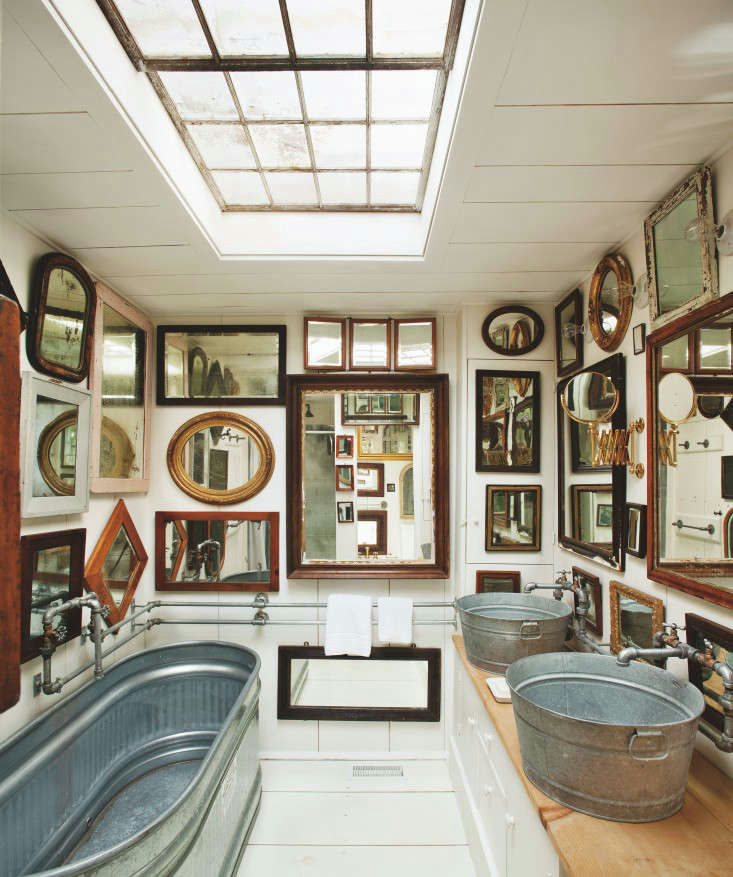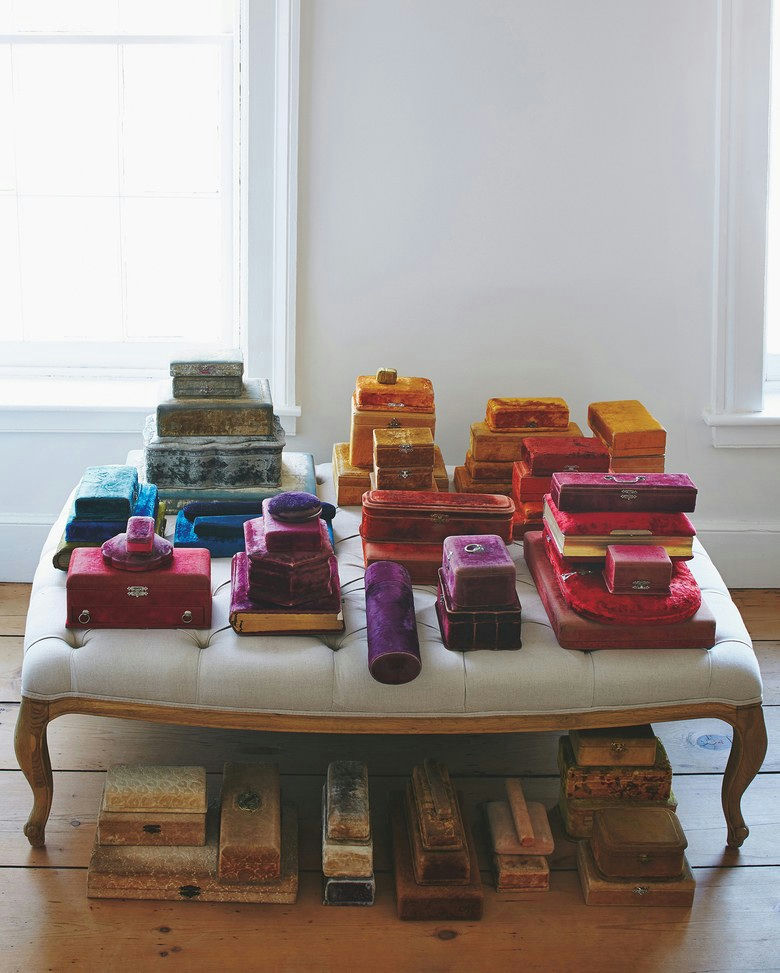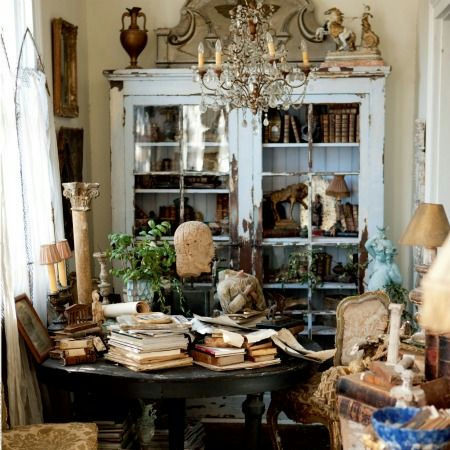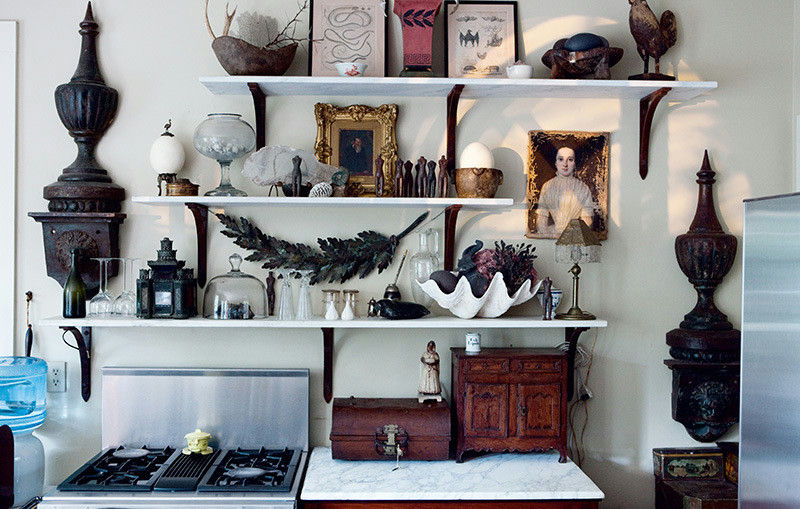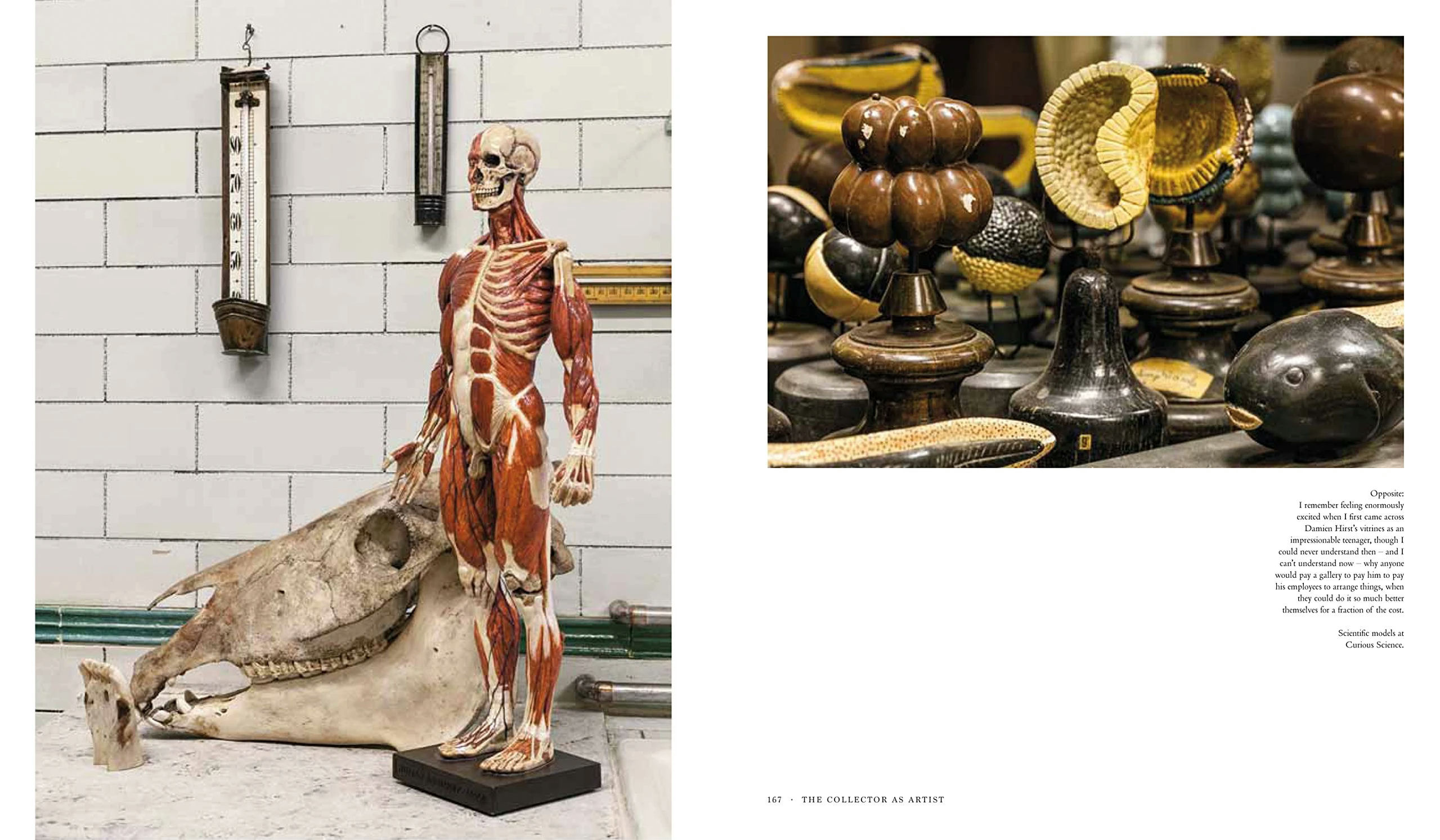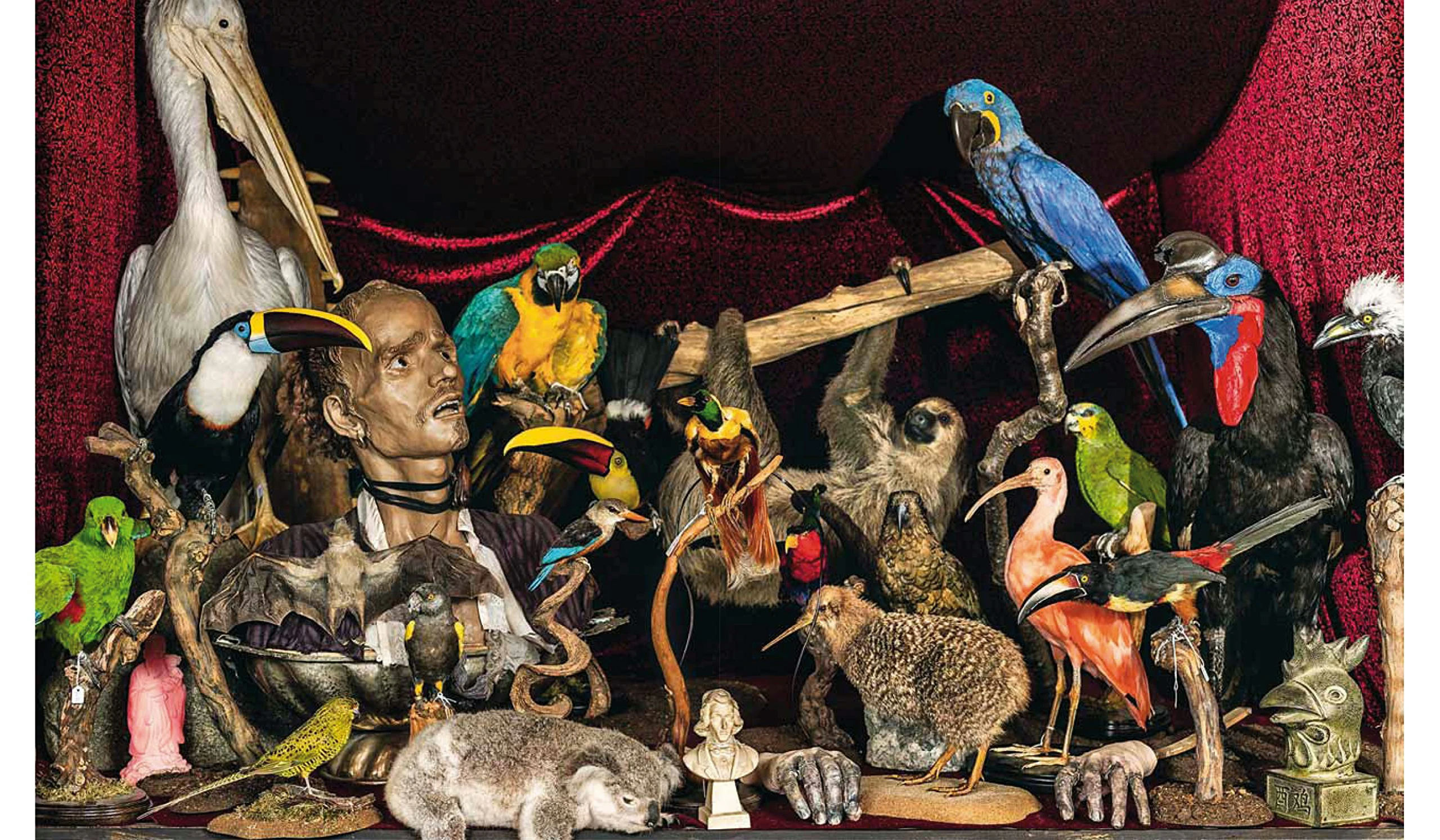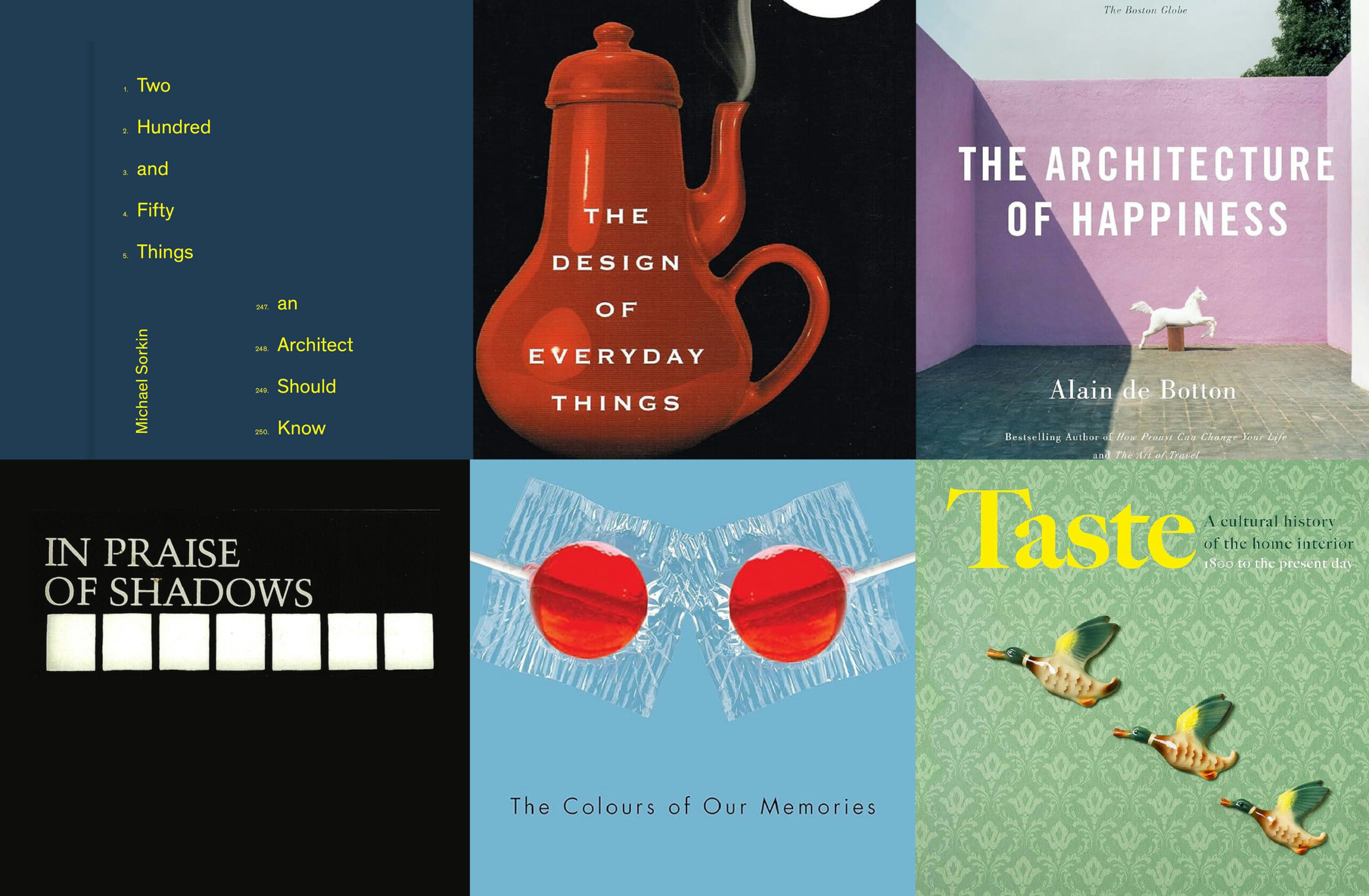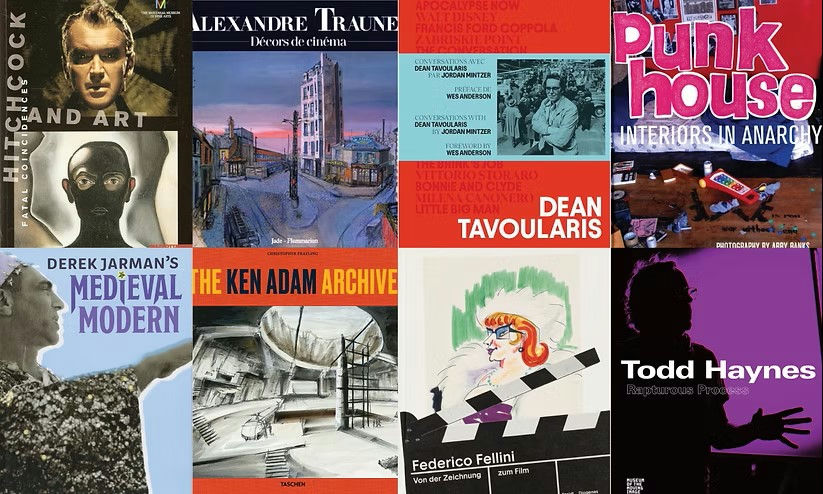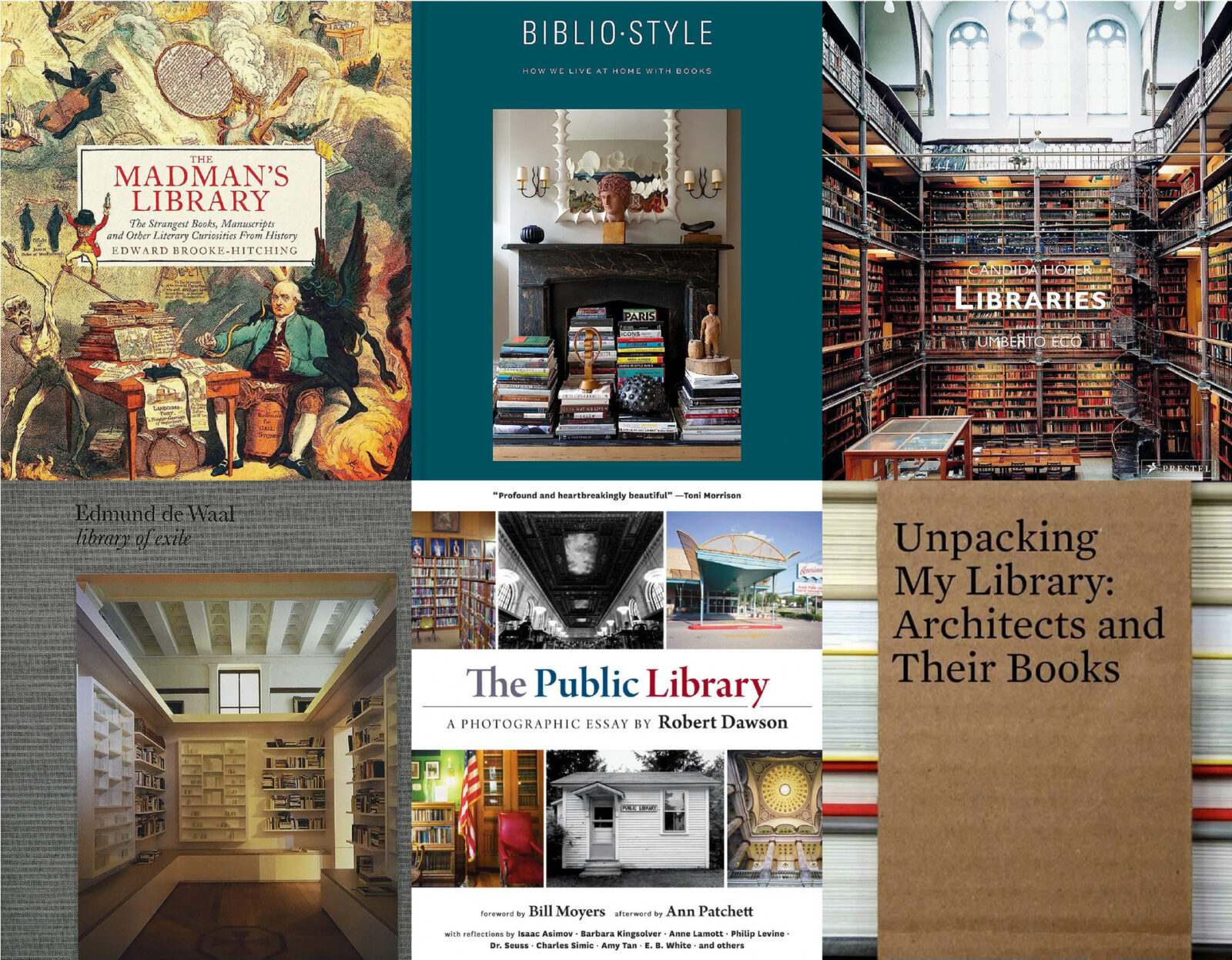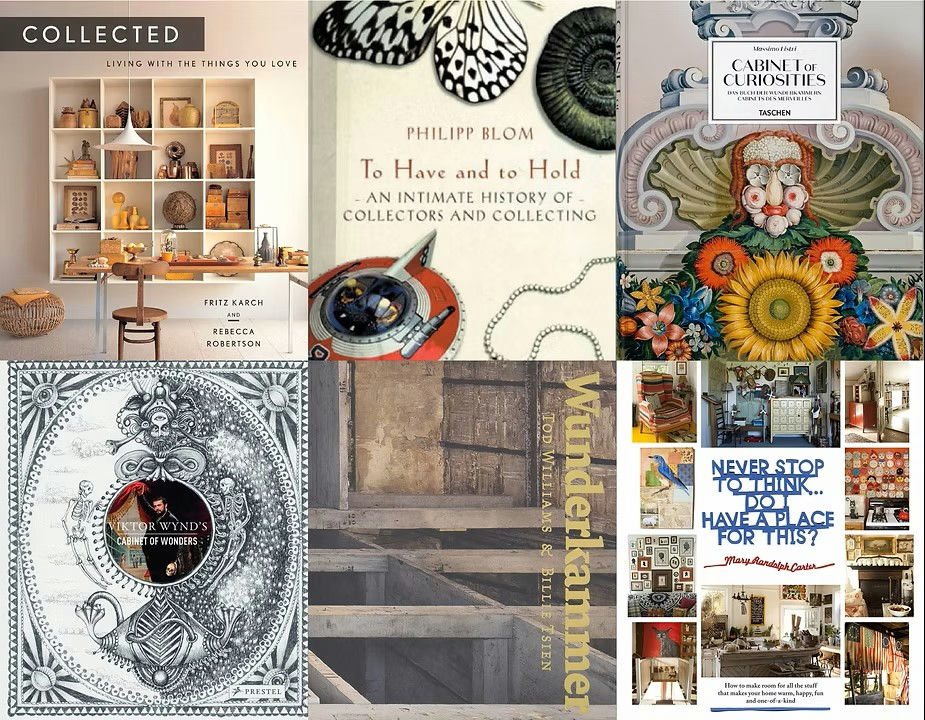
Massimo Listri, 2020
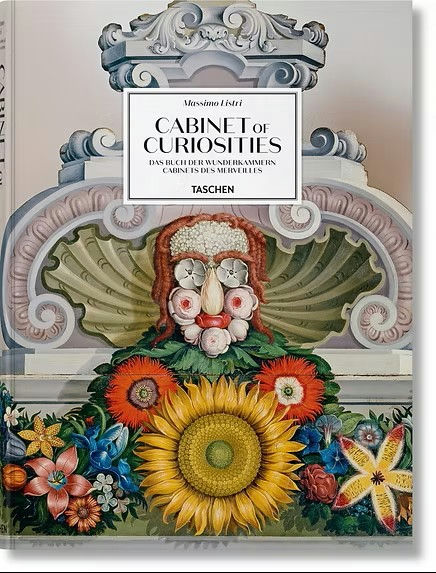
Every sketch today starts with a roll of 18" onion skin trace paper from which I tear off a chunk. As I've gotten older, the size of the sheet has grown to 30" or so. I'll surround myself with the pertinent moodboards or location photos or set dec folders and just start scribbling in soft pencil. As soon as I've got the roughest idea of perspective and furniture taking shape on the page I'll lay down a fresh sheet on top.
This oversized book contains the exquisite work of photographer Massimo Listri, who traveled to seven European countries over several decades to document historical collections. The images are accompanied by detailed commentary on each of the 19 chambers, highlighting the most remarkable items in each collection.
From the Grand Duke Francesco I de’ Medici and Holy Roman Emperor Rudolf II to Archduke Ferdinand II of Habsburg, these aristocratic virtuosos acquired, selected, and displayed the objects in real-life catalogues that represented the entire world―spanning architecture, interior design, painting, sculpture, gemology, geology, botany, biology and taxonomy, astrology, alchemy, anthropology, ethnography, and history.
Philipp Blom, 2003
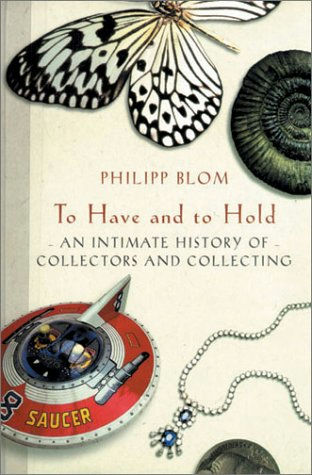
Then comes the job of turning the perfect onion skin into a digital file, an essential step in this day and age. I'll often pin the sketch vertically on a wall backed with tan celotex so that the highlights really pop. Nondirectional light is best so the wrinkles in the paper are minimized. Then I'll take a few photos with my trusty I-phone and download them to my laptop. Here's where I can correct minor errors, shift the color story, and always, always pump up the contrast to give the sketch more zing. That sums up the extent of my digital expertise; any more sophisticated effects (like adding beams of theater lighting for instance) and fancy titles get added by the highly skilled set designers or graphics designers on my team.
In this book, Philipp Blom delves into the history of the collecting passion and explores it through a series of interlinked portraits, stories and discoveries, each characteristic of a period. Blom begins his chronicle in the16th century, when the Renaissance-fueled explosion of scientific inquiry led to a boom in "cabinets of curiosities" and continues to our day, through dark castles of crazed aristocrats and obsessed collectors.
What emerges is the story of a human quest to conquest and possession, and the awareness of our own mortality. The instinct to collect, Blom says, is rooted in our very being: "Saving the world, or a world, preserving history or genius, saintliness or innocence, touching something beyond our random existence is a labour of love, a constant ritual, one face of the desire to be authentic, to be human."
Tod Williams and Billie Tsien, 2013
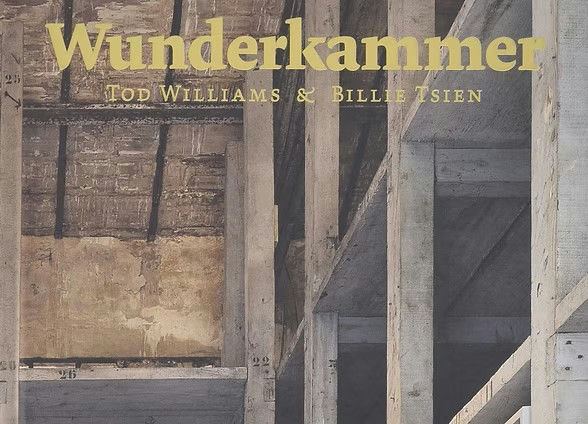
When invited to participated in the 2012 Architecture Biennale in Venice, world-renowned architects Tod Williams and Billie Tsien invited 35 celebrated architects and designers from around the world to create their own wunderkammers, filling boxes with objects that inspire them.
This book documents the project and showcases the varied, evocative wunderkammers along with accompanying statements by their architect-creators, including Shigeru Ban, Toyo Ito, Diller Scofidio + Renfro, Peter Eisenman, Steven Holl, Richard Meier, Murray Moss, Diébédo Francis Keré, Juhani Pallasmaa, Elias Torres, and Peter Zumthor.
Fritz Karch and Rebecca Robertson, 2014

Expert collectors and decorators Fritz Karch and Rebecca Robertson present a tour of peculiar, elegant, and inspiring collections from around the world. The book presents the basic principles of the hunt, while exploring the thoughtful and inventive ways people display their various collections, from café au lait bowls to 19th-century-French sewing tools to sand from world travels—illustrating collections as expressions of personal style. The book showcases 16 different collecting personalities, each with its own chapter, featuring vignettes showing how the objects are displayed and a collecting lesson.
Mary Randolph Carter, 2015
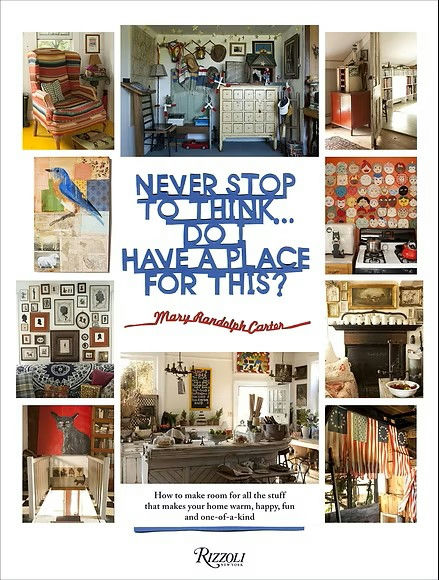
Design guru and best-selling author Mary Randolph Carter celebrates her highly personal and creative approach to decor, indulging the desire to be surrounded with belongings that impart beauty and meaning to our lives.
With her trademark style and love of heirlooms and beautiful old objects, Carter delves into the interiors of real-life tastemakers (antique dealers, fashion designers, artists and boutique owners) to explore how our homes are the perfect canvas for our self-expression. Carter muses delightfully on the universal desire to acquire while imparting her philosophy and tips for living creatively and integrating our passions stylishly into our decor.
Viktor Wynd, 2014
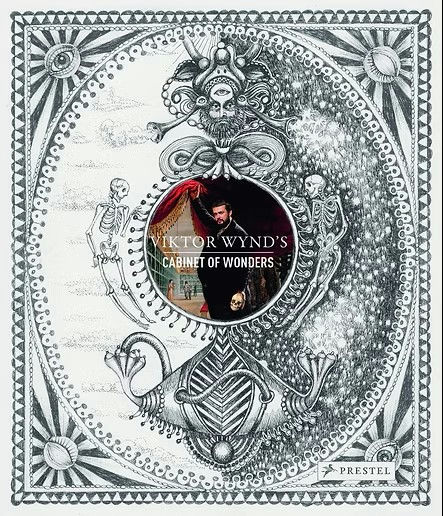
Artist Viktor Wynd created his own museum of curiosities in London's East End, a reinterpretation of a Renaissance wunderkabinet filled with everything from shrunken heads to narwhal tusks, united only by the sense of wonder they inspire in their curator.
Now, Wynd takes readers on a tour of homes, private collections and museums that share his fondness for things arcane, desiccated, antique, or just plain odd. The book visits rarified locations lovingly curated by bohemians and artists: from a rambling Devon farmhouse and its historic taxidermy to an Italianate villa in East London to the House of Dreams Museum. It also includes advice on how to start a collection of your own, covering details on auction houses, private dealers, flea markets and fairs, and shows that having distinctive taste does not necessarily require a massive budget.
The book is a subversive celebration of curiosities, art, mess, decay, and self indulgence, passionately arguing that the world is full of wonder that is in danger of being sanitized and that collectors are the ultimate artists.
Artist Viktor Wynd created his own museum of curiosities in London's East End, a reinterpretation of a Renaissance wunderkabinet filled with everything from shrunken heads to narwhal tusks, united only by the sense of wonder they inspire in their curator.

